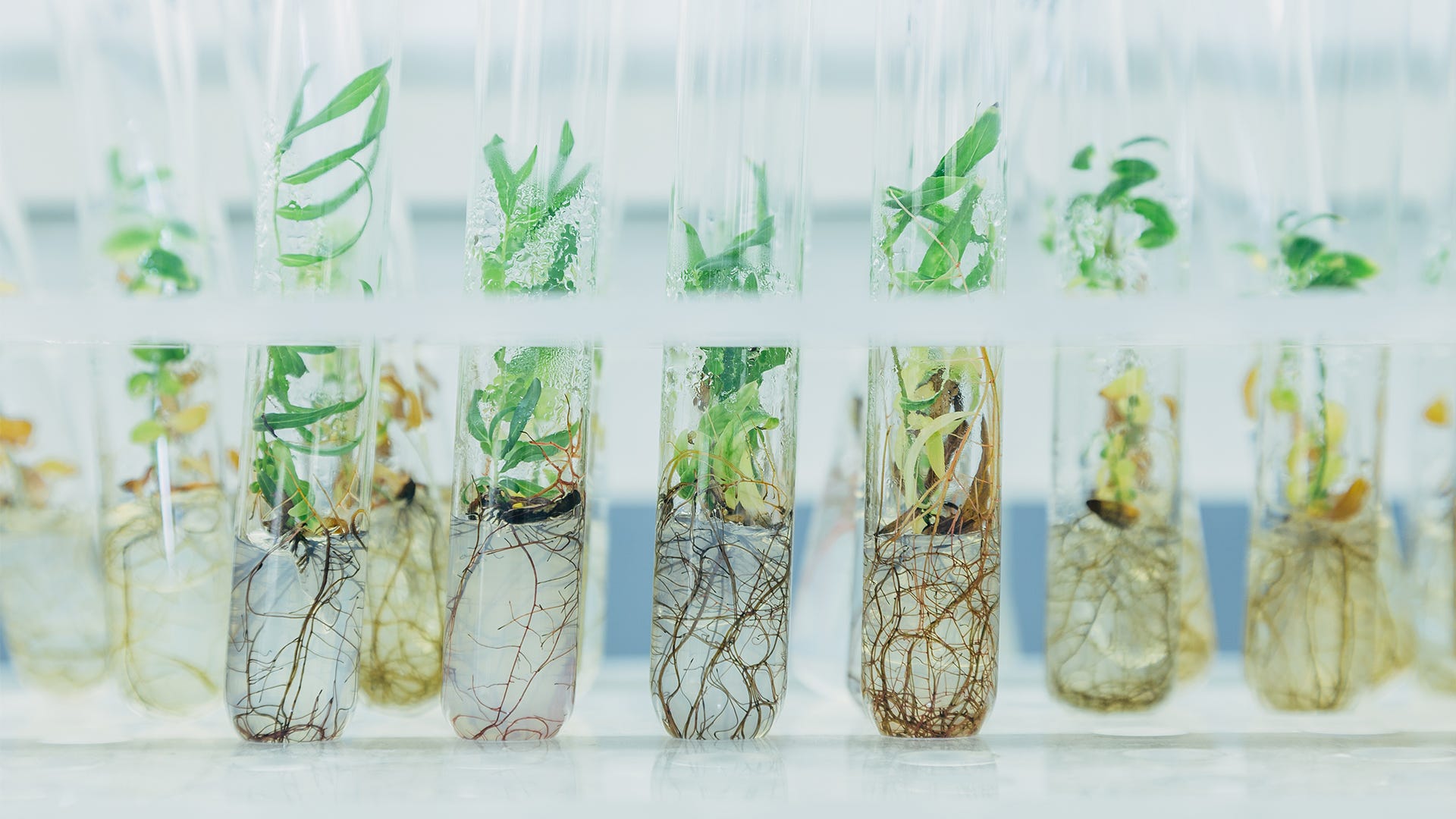Cloning gel for plants is a revolutionary tool that has transformed the art of plant propagation. This innovative substance offers a myriad of benefits, making it an indispensable tool for gardeners and plant enthusiasts alike.
Cloning gels are formulated with a unique blend of nutrients and hormones that stimulate root development in plant cuttings. By creating an optimal environment for root growth, cloning gels increase the success rate of propagation, allowing you to create new plants with ease.
Cloning Gel Basics: Cloning Gel For Plants

Cloning gel is a rooting hormone used in plant propagation to facilitate the formation of new roots on plant cuttings. It is a thick, gel-like substance that contains various growth regulators, nutrients, and other ingredients to promote root development.
Cloning gels are available in different formulations, each with its unique composition and benefits. Some common types include:
- Auxin-based gels: These gels contain auxin, a plant hormone that promotes cell division and root initiation.
- Cytokinin-based gels: These gels contain cytokinin, a plant hormone that promotes cell division and shoot growth.
- Balanced gels: These gels contain a combination of auxin and cytokinin, providing a balance of both hormones for optimal root development.
To properly apply cloning gel to plant cuttings:
- Make a clean cut at a 45-degree angle on the stem of the plant cutting.
- Dip the cut end of the cutting into the cloning gel, ensuring that the entire cut surface is covered.
- Tap off any excess gel and insert the cutting into a rooting medium, such as perlite or vermiculite.
Ingredients and Effects

Cloning gels, specially formulated to aid in plant propagation, contain a carefully curated blend of ingredients that play crucial roles in stimulating root development. These gels typically consist of a base material, auxins, nutrients, and pH-regulating agents.
The base material, often agar or a similar substance, provides the gel’s structure and allows for easy handling of cuttings. Auxins, such as indole-3-butyric acid (IBA) or naphthaleneacetic acid (NAA), are plant hormones that promote root initiation and growth. They trigger physiological changes within the cutting, leading to the formation of root primordia and subsequent root development.
Gel Consistency
The consistency of the cloning gel is crucial for its effectiveness. A gel that is too thick can hinder oxygen diffusion, leading to root asphyxiation. Conversely, a gel that is too thin may not provide adequate support for the cutting, resulting in poor root development. The optimal consistency allows for sufficient oxygen exchange while providing a stable environment for root growth.
pH Levels
The pH level of the cloning gel also plays a significant role in root development. Most cloning gels have a pH between 5.5 and 6.5, which is optimal for the uptake of nutrients and auxins by the cutting. Deviations from this pH range can affect the availability of nutrients and the effectiveness of auxins, potentially inhibiting root growth.
Potential Effects on Plant Growth and Development
The use of cloning gels can have positive effects on plant growth and development. By promoting rapid root development, cloning gels enhance the plant’s ability to absorb water and nutrients from the soil. This leads to increased plant vigor, improved growth rates, and overall better health.
However, it is important to note that excessive or prolonged use of cloning gels can have detrimental effects on plant growth. High levels of auxins can lead to root abnormalities, stunting, and even death. Therefore, it is essential to follow the manufacturer’s instructions carefully and use cloning gels only as directed.
Applications and Techniques

Cloning using gel offers a versatile technique for propagating plants, particularly those that are difficult to propagate through traditional methods like seeds. Various plant species have demonstrated suitability for cloning using gel, including:
- Woody ornamentals (e.g., roses, hydrangeas, azaleas)
- Fruit trees (e.g., apples, peaches, plums)
- Vegetables (e.g., tomatoes, peppers, cucumbers)
- Herbs (e.g., basil, thyme, rosemary)
Multiple cloning techniques exist, each tailored to specific plant types and propagation goals. Stem cuttings, leaf cuttings, and tissue culture are commonly employed:
Stem Cuttings
Stem cuttings involve taking a portion of a stem from a healthy plant and inducing root development on the cutting. This method is suitable for plants that readily produce roots from stem tissue, such as roses, hydrangeas, and tomatoes.
Leaf Cuttings, Cloning gel for plants
Leaf cuttings involve taking a leaf or a portion of a leaf from a healthy plant and inducing the formation of new plants. This method is suitable for plants that can regenerate new plants from leaf tissue, such as African violets, succulents, and begonias.
Tissue Culture
Tissue culture, also known as micropropagation, involves taking a small piece of plant tissue, such as a shoot tip or root tip, and growing it in a controlled environment on a nutrient-rich medium. This method allows for the rapid production of multiple plantlets from a single explant and is often used for commercial plant propagation.
Successful cloning using gel requires optimal conditions for plant growth and development. Adequate lighting, temperature, and humidity are crucial factors to consider:
Lighting
Plants require sufficient light for photosynthesis and growth. The type and intensity of light required vary depending on the plant species. Generally, 12-16 hours of light per day is recommended.
Temperature
Optimal temperature ranges for cloning vary depending on the plant species. Most plants prefer temperatures between 65-75°F (18-24°C).
Humidity
High humidity levels are important for preventing cuttings from drying out. Maintaining a humidity level of 70-80% around the cuttings can be achieved using a humidity dome or misting the cuttings regularly.